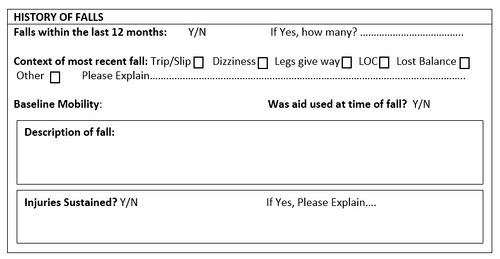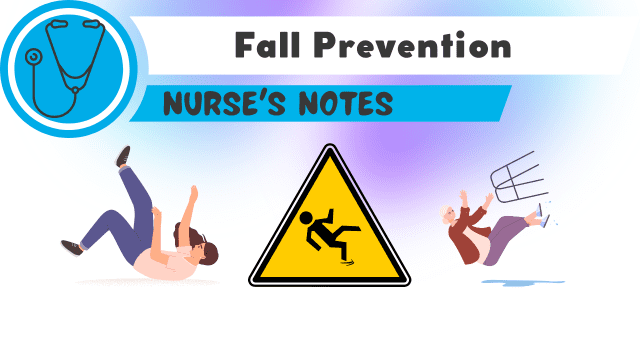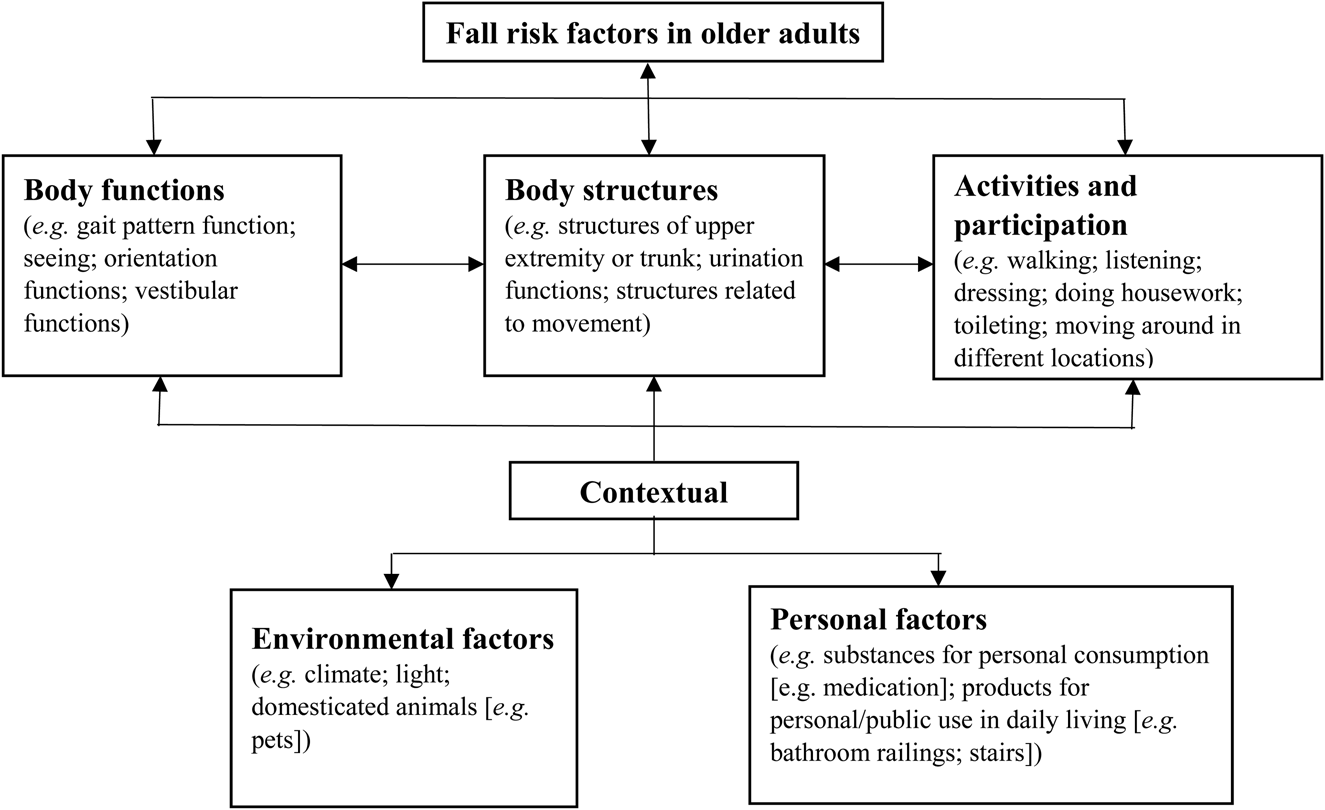The Ultimate Guide To Dementia Fall Risk
The Ultimate Guide To Dementia Fall Risk
Blog Article
Rumored Buzz on Dementia Fall Risk
Table of ContentsDementia Fall Risk Fundamentals ExplainedSome Known Facts About Dementia Fall Risk.How Dementia Fall Risk can Save You Time, Stress, and Money.Not known Facts About Dementia Fall Risk
A fall threat analysis checks to see exactly how likely it is that you will fall. It is primarily provided for older adults. The assessment normally includes: This consists of a series of concerns about your overall health and if you've had previous drops or troubles with balance, standing, and/or strolling. These tools evaluate your stamina, equilibrium, and gait (the means you stroll).STEADI includes screening, assessing, and intervention. Interventions are suggestions that may lower your danger of dropping. STEADI includes 3 steps: you for your threat of falling for your risk aspects that can be boosted to attempt to protect against falls (for instance, equilibrium issues, damaged vision) to decrease your danger of dropping by using effective techniques (for example, providing education and learning and sources), you may be asked a number of concerns including: Have you dropped in the previous year? Do you feel unsteady when standing or walking? Are you fretted about falling?, your supplier will certainly examine your stamina, balance, and stride, making use of the complying with autumn assessment devices: This examination checks your gait.
If it takes you 12 seconds or even more, it might indicate you are at higher threat for a fall. This examination checks toughness and balance.
Relocate one foot midway ahead, so the instep is touching the big toe of your other foot. Move one foot completely in front of the various other, so the toes are touching the heel of your other foot.
See This Report about Dementia Fall Risk
Many drops happen as an outcome of multiple contributing factors; as a result, managing the risk of dropping starts with identifying the aspects that add to drop danger - Dementia Fall Risk. Several of the most pertinent risk aspects consist of: Background of prior fallsChronic medical conditionsAcute illnessImpaired gait and balance, lower extremity weaknessCognitive impairmentChanges in visionCertain risky medicines and polypharmacyEnvironmental aspects can also boost the danger for falls, including: Poor lightingUneven or harmed flooringWet or slippery floorsMissing or harmed hand rails and get barsDamaged or incorrectly equipped equipment, such as beds, wheelchairs, or walkersImproper use of assistive devicesInadequate supervision of the individuals residing in the NF, including those who exhibit aggressive behaviorsA effective autumn danger monitoring program requires a thorough clinical assessment, with input from all participants read review of the interdisciplinary group

The care strategy should likewise include treatments that are system-based, such as those that promote a safe atmosphere (proper lights, hand rails, get bars, and so on). The efficiency of the interventions ought to be reviewed occasionally, and the treatment strategy modified as required to reflect adjustments in the autumn risk analysis. Implementing an autumn risk monitoring system making use of evidence-based ideal technique can reduce the frequency of falls in the NF, while restricting the possibility for fall-related injuries.
A Biased View of Dementia Fall Risk
The AGS/BGS guideline advises evaluating all grownups matured 65 years and older for loss danger each year. This testing is composed of asking people whether they have actually dropped 2 or more times in the previous year or sought medical attention for a fall, or, if they have actually not fallen, whether they feel unstable when strolling.
People who have actually dropped as soon as without injury should have their balance and gait assessed; those with stride or balance irregularities need to receive added evaluation. A history of 1 fall without injury and without gait or equilibrium troubles does not warrant further analysis past ongoing annual fall risk testing. Dementia Fall Risk. A loss threat evaluation is called for as part of the Welcome to Medicare evaluation

What Does Dementia Fall Risk Do?
Recording a falls history is one of the quality indications for fall avoidance and administration. copyright medications in specific are independent forecasters of falls.
Postural hypotension can often be eased by lowering the dose of blood pressurelowering medicines and/or quiting medicines that have orthostatic hypotension as a side result. Use above-the-knee support hose and copulating the head of the bed elevated might likewise minimize postural reductions in blood pressure. The advisable aspects of a fall-focused physical evaluation are received Box 1.

A TUG time greater than or equal to 12 secs suggests high loss danger. Being incapable to stand up from a chair of knee elevation without making use of one's arms suggests increased fall danger.
Report this page